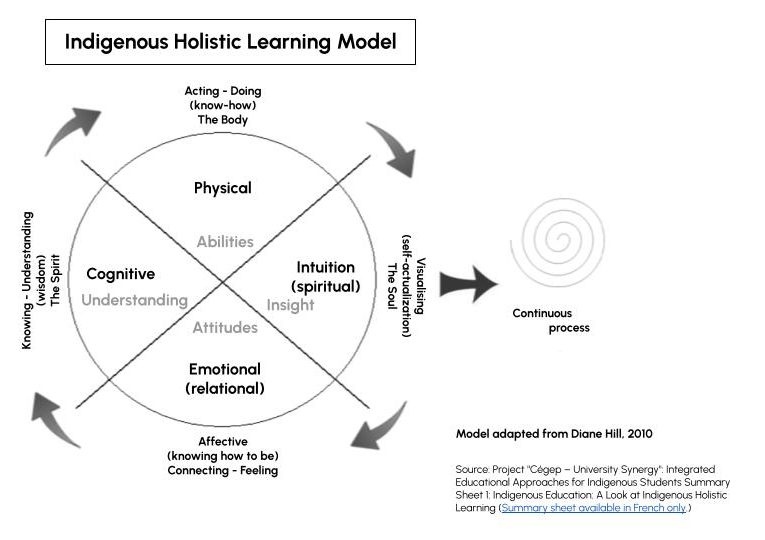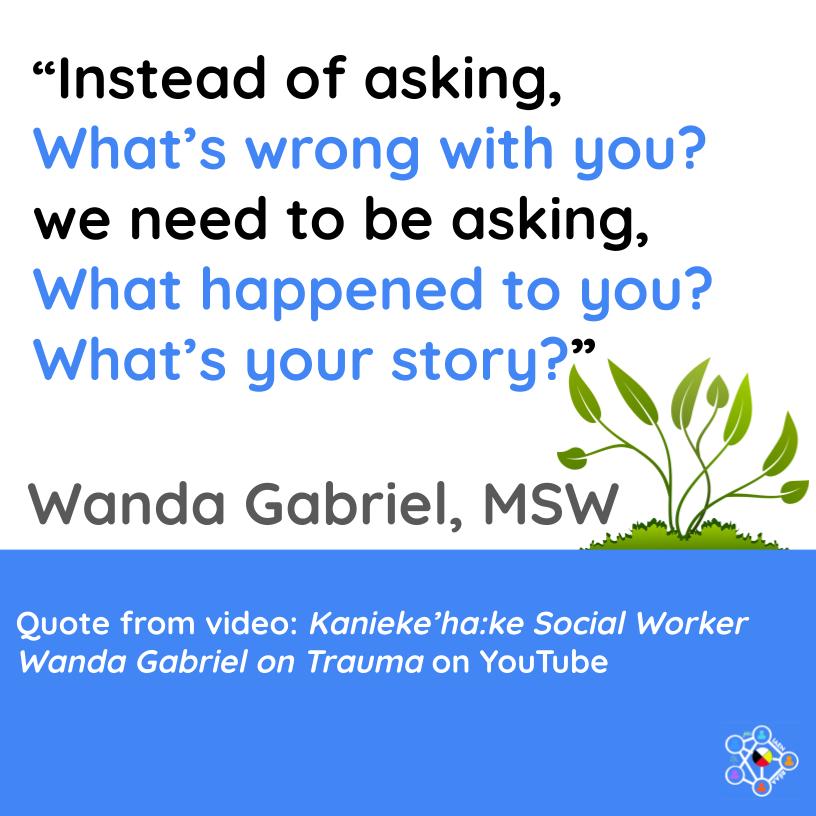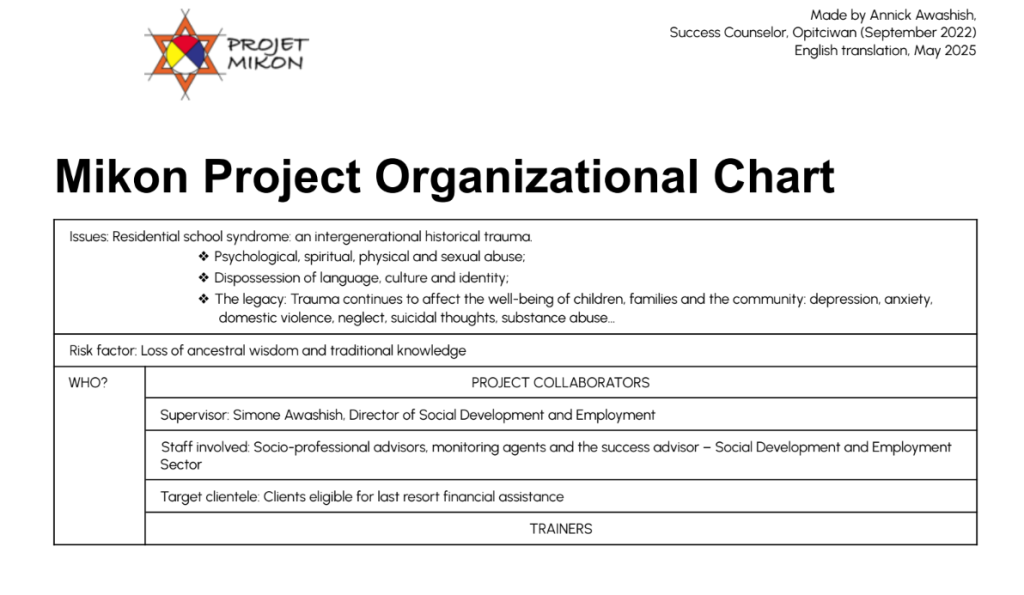What is the Mikon Project?
The Mikon project was developed to create hope and improve the future for young adults in Opitciwan.
Mikon means feather in Atikamekw, a symbol of truth, peace, and following a good path.
In 2022, Annick Awashish, Success Counselor, Yolande Chachai, Employment Support Program Coordinator, and Simone Awashish, Director of Social Development & Employment for the Council of Atikamekw in Opitciwan wanted to develop workshops that would address literacy issues in their community. They would be part of a larger series of workshops to help improve social development in young adults through social integration and employment readiness.
Much reflection and conversation went into planning the workshops. Throughout these conversations, two themes rose to the surface:
- the importance of a holistic approach to learning and
- the need to frame the work within a trauma informed approach.
So much so, that they decided to start with these areas before beginning to offer workshops in literacy and employment.
Trauma Informed Approach
What is a Trauma Informed Approach?
Above all it is care for the whole person and recognizing that the way a person acts or behaves is shaped by their lived and inherited experiences.
We know that trauma continues to affect the well-being of children, families and communities: depression, anxiety, lateral violence, domestic violence, neglect, suicidal thoughts, and substance abuse are all symptoms of trauma.
Before trying to implement change programs like Mikon, it is essential to address these traumas in not only the clientele but the educators and trainers as well.
From Trauma Informed and Culturally Appropriate Approaches in the Workplace by Elder Roseann Martin with the Native Women’s Association of Canada:
“A trauma informed approach in an Indigenous context must take a culturally appropriate approach. This means knowing, understanding, acknowledging and validating that a person in the workplace has suffered trauma from their lived experiences, including intergenerational trauma. People who suffer from trauma struggle with everyday workplace situations, and require a trauma informed approach to address their issues in order to provide a healthy environment for all staff. The workplace must provide support to empower and deal with the emotions they are experiencing.” Source
At the bottom of this page, you will find additional resources for starting from a Trauma Informed Approach.
An Indigenous Holistic Approach
What is an Indigenous Holistic Approach?
It’s a method of learning, personal growth, and development designed to offer Indigenous learners the opportunity to grow as whole individuals. This approach focuses on fostering pride and confidence in culture and identity.
An Indigenous holistic approach reminds us the importance of maintaining balance across the four aspects of the medicine wheel – the physical, cognitive (or mental), emotional, and spiritual.
It involves the entire person engaging across all of these aspects to receive and process information – this is a lifelong approach to learning and is essential in an Indigenous context.
Select the green plus signs (+) in the image of the medicine wheel to view a short video for each aspect.
Below are two models that represent this kind of approach, one developed at UQAT, based on the work of Diane Hill, the other developed by the AFN (Assembly of First Nations.)

Here is another representation of a holistic approach to learning, developed by the Assembly of First Nations. First Nations Holistic Lifelong Learning Model.

At the bottom of this page, you will find additional resources about a Holistic Approach grounded in Indigenous learnings.
Mikon Project Pamphlets
The Mikon project is in its second phase. You can see a description of the first two phases in the pamphlets below: 1 – Valuing Culture and 2 – The Hybrid Literacy Training Approach.
Phase 1 – Valuing Culture

Phase 2 – Hybrid Approach

Mikon Organizational Chart
Mikon was planned with care and attention to detail with many people coming together to reflect on why and how this project should come to life. You can see the results of those reflections in this organizational chart.
Additional Resources + Support
For more resources on the themes presented here, please visit this page. The resources are in both English and French. If you know of other resources – please share them with us!
If you would like support in developing a project like this, please contact us at the School Council (FNAESC) and we will put you in touch with the right people.
Gratitude
Mikwetc to everyone involved in the Mikon project for sharing their process and the material gathered here. It is a project held by hope and love for the community of Opitciwan and is an ongoing process. We wish only the best going forward.




